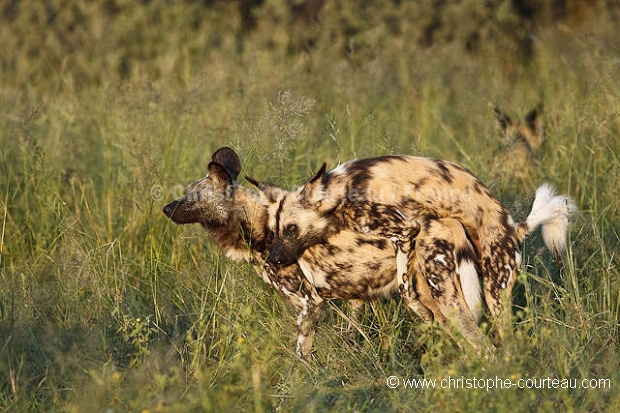
Animals that avoid baits can then be trapped, shot or fenced out to provide additional control. Poison baits can be effective for the control of wild dogs.Baits must always be used in accordance with the product label directions or the conditions of an Australian Pesticides and Veterinary Medicines Authority (APVMA) minor use permit and the of the requirements of the Medicines and Poisons Act 2019 and other Queensland Health departmental standards.Contact your LGA for further information. Some local government agencies (LGA) provide a baiting service for landholders in their area.Commercial manufactured 1080 or PAPP baits may be purchased from licenced S7 retailers subject to the buyer fulfilling the requirements of the Medicines and Poisons Act 2019.The possession, supply and use of S7 poisons is regulated under the Medicines and Poisons Act 2019and associated regulations and Queensland Health regulations. Read Queensland Health medicines and poisons for more information. These poisons are restricted chemical products also known as S7 poisons.There are 3 poisons that can be legally used for wild dog control:.Processed manufactured baits or fresh meat baits can be laid quickly by hand, vehicle or from air, with large population reductions recorded from monitored baiting campaigns. Poison baits are an economical and effective control method.If trapping and poisoning is also used, care must be taken to protect guardian dogs. Some producers in Queensland have decreased predation on sheep and goats using this method. Livestock guardian dogs have been used to protect livestock from predators in Europe, Asia and America.Guardian dogs, alpacas, lamas and donkeys are used to protect livestock from predators.Electric fences suitable for wild dogs have been developed.Properly maintained fences can restrict movement back into an area where wild dogs have been controlled. Fencing can be used to exclude wild dogs but does require maintenance to repair damage caused by fallen timber, floods and animals to be effective.Minimal impact on non-target species if used correctly.May be used in conjunction with strychnine to ensure quick death (should only be used in remote areas where traps cannot be checked daily).May be used in conjunction with trap alert systems to ensure trapped dogs are attended to quickly.Only padded or offset laminated jawed traps are acceptable.Trapping is predominantly used in areas with low populations and to control 'problem' wild dogs. Success of trapping (using leg hold traps and snares) depends on operator's skill. Trapping is time-consuming and labour-intensive.


If mating is successful, the female goes through a gestation of 2-2.5 months. Unlike other dog species, the mating of the African Wild Dog is a short affair, lasting just a minute or so.

This will ensure he is the only male to mate with the alpha female. During the “breeding season” the alpha male will work hard to keep other males at bay. Wild dogs, from central towards southern Africa, generally mate between the months of April-July. To see wild dogs in their natural habitat is very special, but to see them mate is something even many guides do not get to see in their career.

The alpha male moved over to the alpha female and with some encouragement, she stood up, and they began mating. As we watched them resting on the side of the road, we noticed some strange behaviour from the alpha male and female. The dogs are a new pack in this area consisting of 8 adults. During a morning game drive, we came upon a pack of wild dogs.


 0 kommentar(er)
0 kommentar(er)
